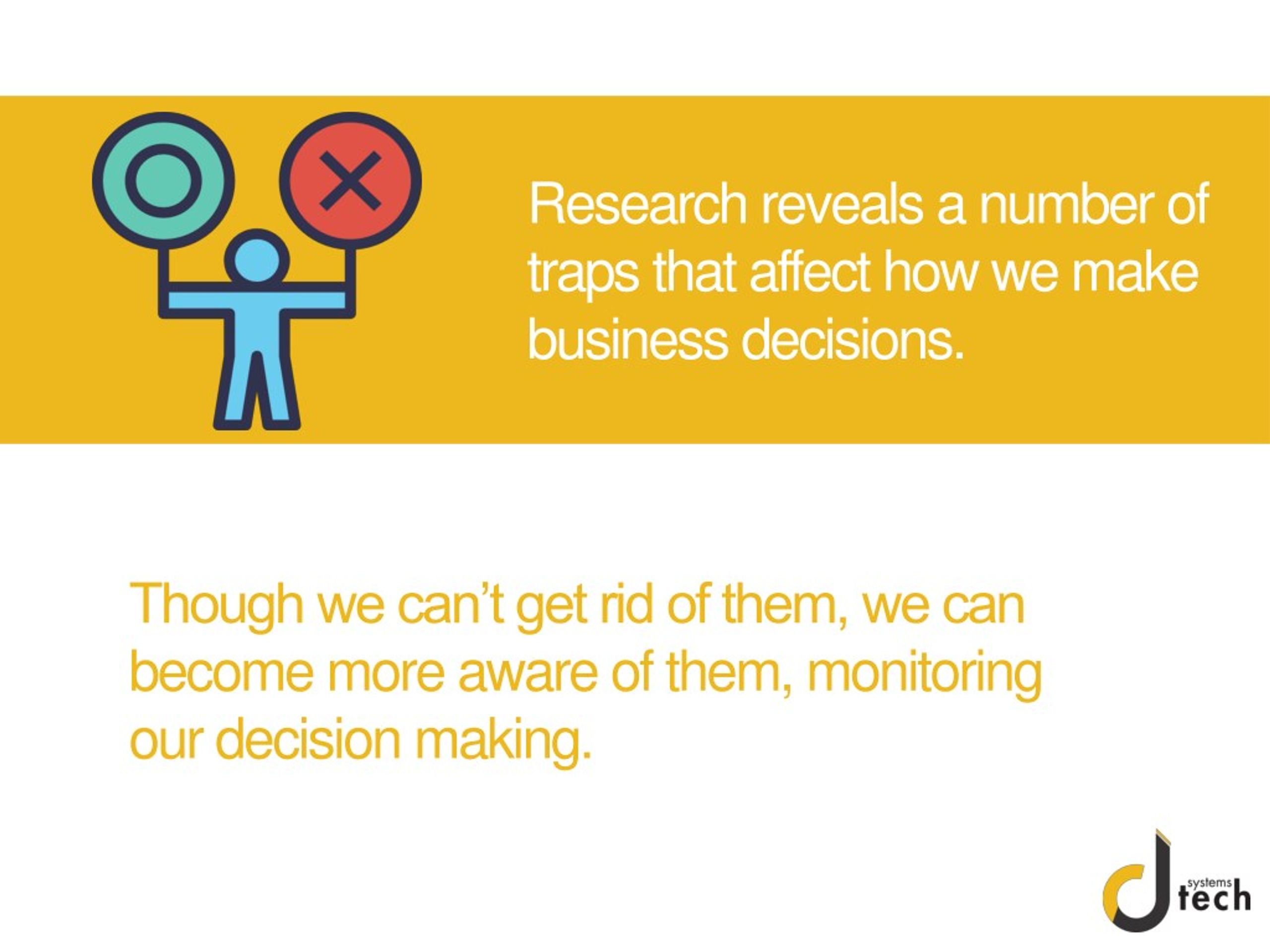


Or we may have poured enormous effort into improving the performance of an employee whom we knew we shouldn’t have hired in the first place. This happens because we are unwilling, consciously or not, to admit to our past mistakes.įor example: We may have refused to sell a stock at a loss, forgoing other, more attractive investments.

The sun-cost trap refers to the tendency that we are likely to make choice in a way that justifies past choices, even when the past choices no longer seem valid. If you have several alternatives that are superior to the status quo, don’t default to the status quo just because you are having a hard time picking the best alternative.Remember that the desirability of the status quo will change over time.Avoid exaggerating the effort or cost involved in switching from the status quo.Ask yourself whether you would choose the status-quo alternative if, in fact, it weren’t the status quo.Never think of the status quo as your only alternative.Always remind yourself of your objectives and examine how they would be served by the status quo.Here are several ways to avoid the status quo trap:

To be more precise, your answer for the second question will be likely around 35 million, even though this number may not be in the reasonably accurate range. It is very common that initial impressions, estimates, or data can anchor our subsequent thoughts and judgments.įor example: When we are asked these two questions in sequence: “Is the population of Turkey greater than 35 million?” and “What is your best estimate of Turkey’s population?”, it is very likely that the number 35 million in the first question will influence your answer for the second question. The anchoring trap refers to the tendency for us to rely too heavily on the first information we receives.
#THE ANCHORING TRAP EXAMPLE HOW TO#
The purpose of this post is to introduce those traps and suggest how to avoid them.Īccording to Hammond, Keeney and Raiffa (2006), there are six psychological traps that are particularly likely to undermine decisions: However, no matter which model is used, there are some common traps that we can fall in while making decisions. In the previous post, we have discussed about different types of decisions as well as different decision making models.


 0 kommentar(er)
0 kommentar(er)
